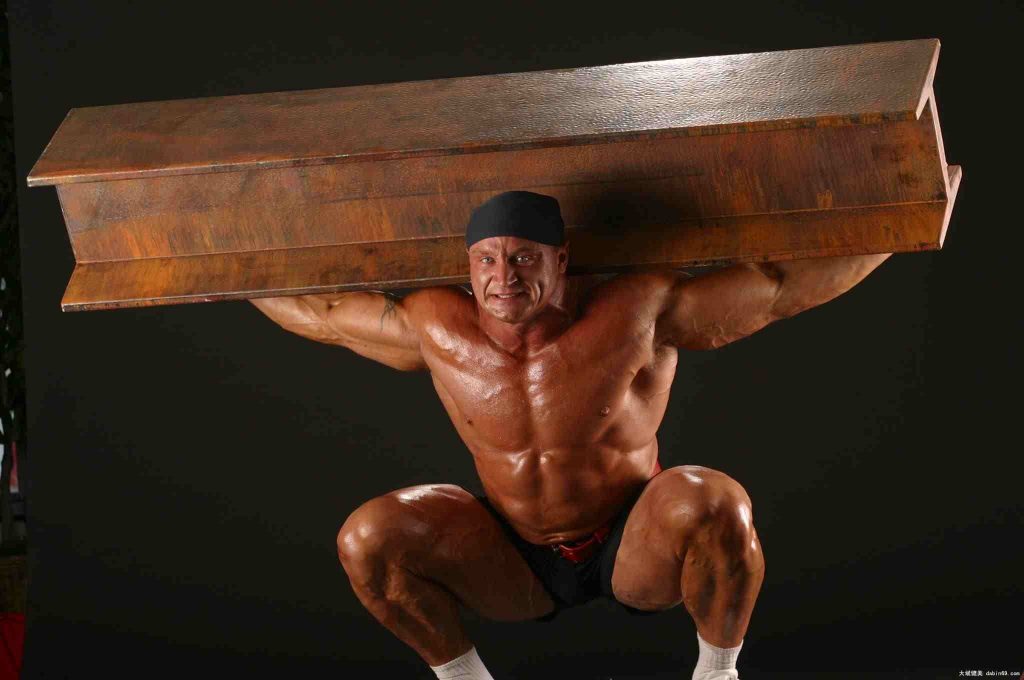
Strength seems to be undervalued in the world of rehabilitation. Some professionals question its relevance in the rehabilitation of both acute and chronic injuries.
I recently read a therapist arguing that strong people get injured and can be in pain so it can’t be that important. That’s a bit like saying Formula 1 drivers crash so they can’t be good drivers.
Every injury, either acute or chronic is a mismatch between the forces applied to your body and your ability to tolerate those forces. In other words it all comes down to how strong you are.
The misconception is that if you can squat your body weight or bench press 100kg you are strong. That may be true but that won’t preclude you from injury.
So what’s the difference?
Your body has around 650 muscles which gives it many different options to produce a particular movement. You can’t tell which muscles it’s using during an exercise by observation alone.
It’s possible to squat without using your knee extensors for example, or to bench press without using your pectoral muscles. Just because a weight is moving in a particular direction, doesn’t mean every muscle that should be involved, is.
If traditional markers of strength are those tests alone you can see that somebody with quite severe dysfunction in their muscular system can still produce outstanding results.
Put them on the table however and ask them to resist a force in a particular direction and they can be as weak as a kitten. This is how apparently strong people become injured.
Summary
Strength is critical to any successful rehabilitation programme. You just have to know how to test for it and the best way to improve it.